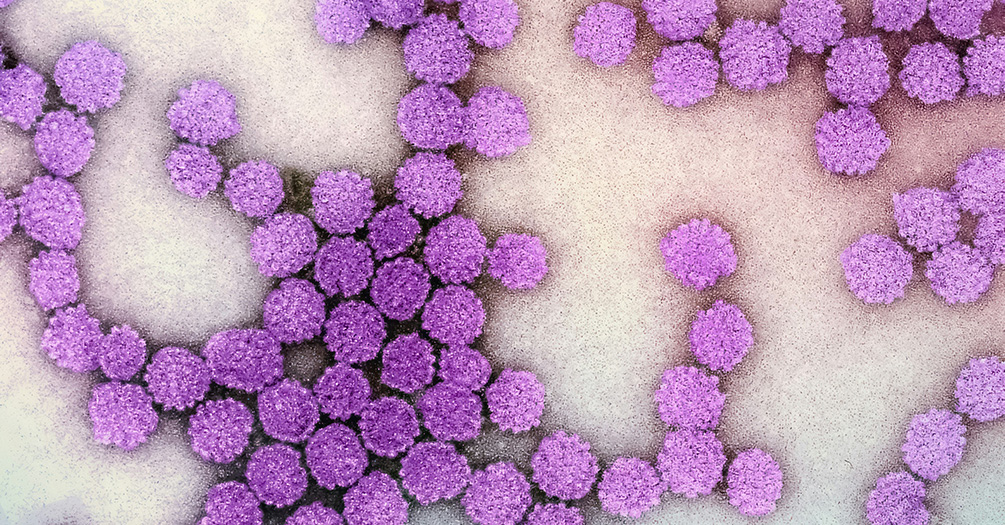HPV self-sampling key for cancer screening in transgender patients

New research from Andrew Brouwer
Assistant Professor of Epidemiology
Two studies published in the journal LGBT Health shed light on the acceptability and necessity of human papillomavirus (HPV) self-sampling as a method for cancer screening among transgender and gender diverse (TGD) individuals assigned female at birth (AFAB).
The first study highlights the presence of HPV and the potential risk for associated cancers in TGD populations. Of 102 participants who provided self-collected samples with valid tests, high-risk HPV genotypes were found across cervicovaginal (26.8%), oral (6.6%), and anal (33.3%) sites.
“It’s a common misperception among both patients and providers that TGD people are at low risk for HPV and HPV-associated cancers,” said Andrew Brouwer, assistant professor of Epidemiology at the University of Michigan School of Public Health and senior author of the studies. “However, many participants were positive for high-risk HPV, and we recommend TGD people follow current screening guidelines for their age and anatomy.” Although most HPV infections clear on their own, they can also develop into cancer if left undetected.
The second study addresses the potential to improve cancer screening among TGD persons AFAB through self-sampling methods. The results indicate a high willingness among participants to utilize self-sampling, with 96% willing to use cervicovaginal self-sampling and 89% willing to use anal self-sampling in the future.
The researchers suggest that at-home HPV self-sampling kits could serve as a pivotal tool in lowering the barriers TGD individuals face when accessing cancer screening. Importantly, self-sampling methods were not only preferred but also were viewed as accessible and convenient by participants who had not visited a medical professional in the previous year. Self-sampling is not currently approved for clinical testing by the US Food and Drug Administration, and the accuracy of online test kits is not known.
With TGD persons facing numerous barriers to preventive care including discrimination, lack of provider knowledge and training, insurance exclusions, financial barriers, and fear of dysphoria or discomfort, Brouwer emphasizes, “these findings suggest a critical need for the development of clinically approved, gender-affirming preventive care strategies, including self-sampling options for HPV testing. Such development could significantly enhance cancer screening accessibility and participation for TGD individuals AFAB.”
Patients in the Michigan Medicine health system, which offers primary, preventive, and specialized care, can request a provider with experience with TGD people.
“Prevalence and Determinants of Cervicovaginal, Oral, and Anal Human Papillomavirus Infection in a Population of Transgender and Gender Diverse People Assigned Female at Birth,” co-authors: Ryan McIntosh, Emily Andrus, Heather Walline, Claire Sandler, Christine Goudsmit, Molly Moravek, Daphna Stroumsa, and Shanna Kattari; University of Michigan.
"Cervicovaginal and Anal Self-Sampling for Human Papillomavirus Testing in a Transgender and Gender Diverse Population Assigned Female at Birth: Comfort, Difficulty, and Willingness to Use," co-authors: Erin Welsh, Emily Andrus, Claire Sandler, Molly Moravek, Daphna Stroumsa, Shanna Kattari, Heather Walline, and Christine Goudsmit; University of Michigan.
- Interested in public health? Learn more today.
- Department of Epidemiology
Media Contact
Destiny Cook
PR and Communications ManagerUniversity of Michigan School of Public Health734-647-8650
